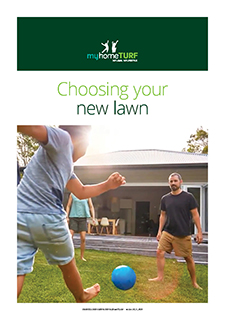7 Common Weeds in Buffalo Grass
Weeds in Buffalo lawns can quickly turn your dream lawn into a nightmare. For Australian homeowners, tackling these invasive plants is essential for preserving the beauty and ...

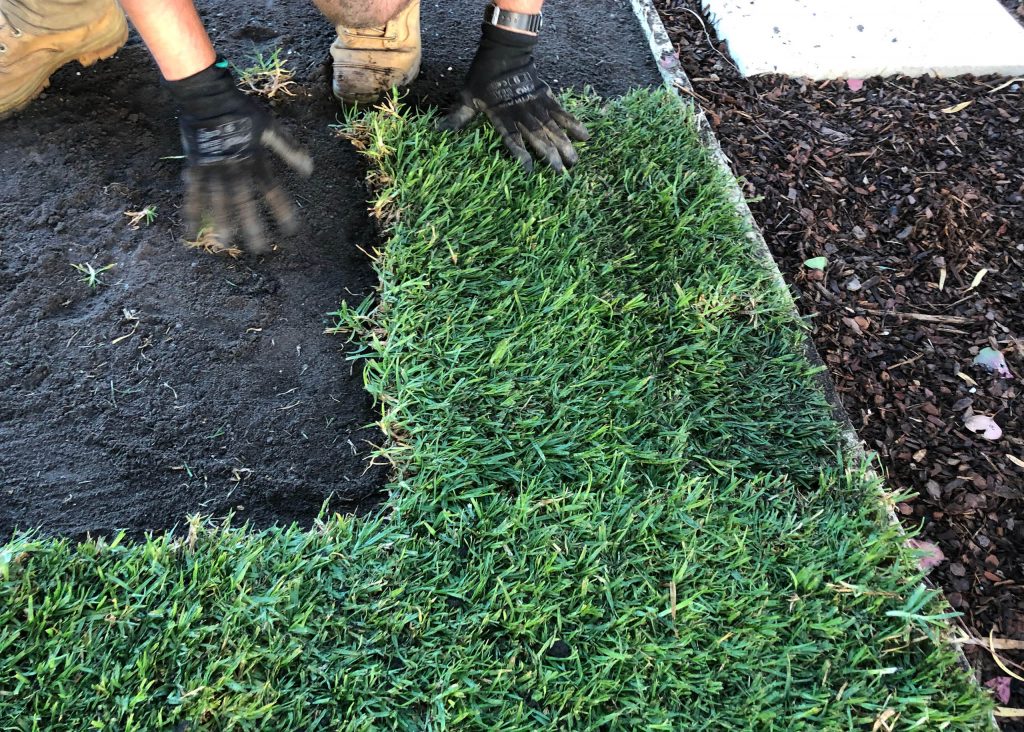 If you want to get technical, turf is the top layer of a grassed area that can be cut and removed in a roll or slab.
If you want to get technical, turf is the top layer of a grassed area that can be cut and removed in a roll or slab.
Turf is not just the grass. It also includes the dirt and roots that are part of that thickly matted layer.
The term turf also refers to the rolls or slabs that can be laid down to form a lawn or used to finish parks, landscaping and sports fields.
Turf is usually functional rather than ornamental. As an example, Mondo Grass, a decorative groundcover often used in rockeries and garden beds, is not turf.
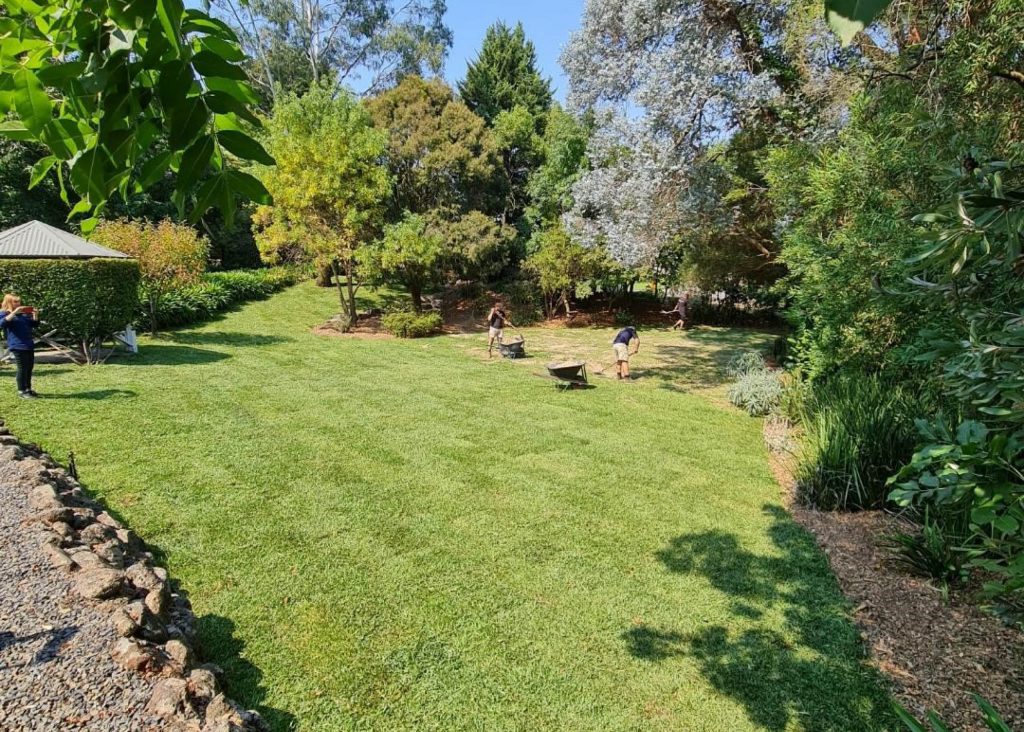 Apart from looking good, turf provides a cushioned surface for outdoor activities.
Apart from looking good, turf provides a cushioned surface for outdoor activities.
It stops your garden from turning into a muddy lake when it rains and prevents wind and water erosion by holding the soil together.
Healthy, actively growing turf also guards against invasion by troublesome weeds.
Importantly, turf serves as a form of insulation, reducing the impact on your family – and heating and cooling bills – during periods of extreme temperatures.
It is this attribute that makes well-maintained lawns suitable for use as a firebreak.
Did you know turf also has a range of ecological benefits? These include carbon sequestration, mitigation of urban heat, noise reduction and increased biodiversity.
Then there’s a whole host of health and general wellbeing benefits. Research has shown a strong link between green space and lower levels of respiratory and heart problems.
Greenery, especially in cities, also has positive effects on social and mental wellbeing.
That’s one of the reasons kicking off your shoes and walking barefoot or wriggling your toes in soft grass provides almost instant relief after a stressful day.
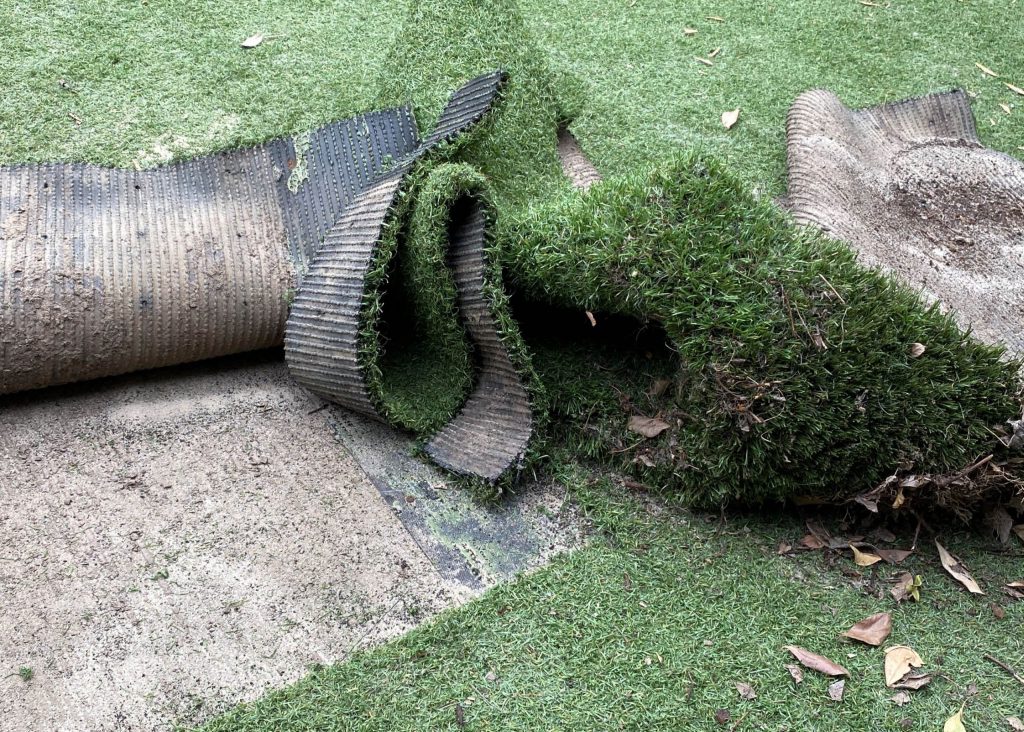 Artificial turf, also commonly known as AstroTurf, got its name from the Astrodome in Texas where it was installed in the 1960s after natural grass could not be kept alive indoors.
Artificial turf, also commonly known as AstroTurf, got its name from the Astrodome in Texas where it was installed in the 1960s after natural grass could not be kept alive indoors.
Because it was low maintenance – requiring no irrigation, fertiliser or mowing – and resistant to heavy traffic, it became a popular surface for both indoor and outdoor sports stadiums in the United States.
But, after players complained about suffering more general wear-and-tear and career-ending injuries from the hard hot surface, most stadiums switched back to natural turf in the 1990s.
Artificial turf is made from a layer of polyester or recycled rubber and plastic, topped with synthetic fibres made from polyethylene, polypropylene and nylon, and infill of sand or rubber between the blades.
The rubber crumb is often derived from old tyres which are known to contain dozens of chemicals, including heavy metals and some cancer causing compounds. Particles can be inhaled or washed into streams, rivers and the ocean as microplastics, affecting aquatic animals.
You might not have to mow fake turf, but it’s not completely maintenance-free either, requiring periodic washing and brushing with a rake or broom.
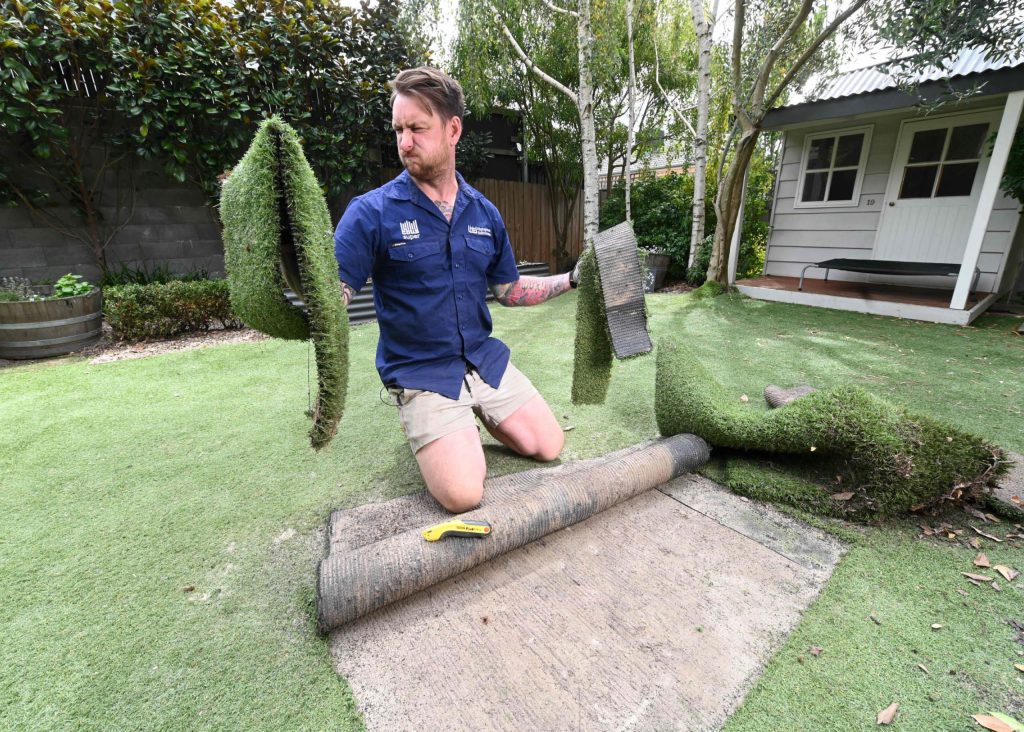 If you have pets, you’ll also need to pick up their poop every day and spray and deodorise areas where they urinate to stop them from becoming smelly.
If you have pets, you’ll also need to pick up their poop every day and spray and deodorise areas where they urinate to stop them from becoming smelly.
Two other things to consider are: the price can range from $60 to $300 per square metre, and sun reflecting off windows can melt artificial turf in summer.
When you break it down like that, there’s really no competition: real grass is the winner every time!
Sign up for our Newsletter to receive your free guide.
